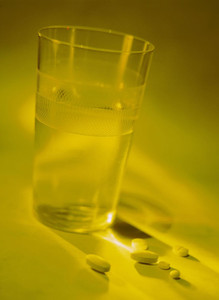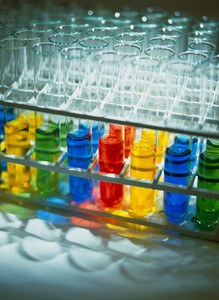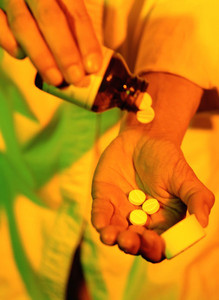An understanding of the relationship between the date of patent filing and the marketing approval date on the expected duration of marketing exclusivity is critical for originator companies to maximise this period of exclusivity in order to recuperate their research and development costs before the advent of generic competition. Recent research has modelled the available duration of US market exclusivity for originator drugs at various times after the initial patent filing [1].
Concerns of patent filing and approval date on market exclusivity
Home/Policies & Legislation
|
Posted 29/07/2011
 0
Post your comment
0
Post your comment

Patents in Europe and the US last 20 years, however, since the drug development and regulatory process can often be lengthy, both Europe and the US provide exclusivity extensions for patented drugs in order to compensate somewhat for some of this delay.
PTEs and SPCs
In the US, patent term extensions (PTEs) provide a maximum of five years additional protection. The PTE is calculated as half the duration of clinical trials plus the duration of regulatory review. They may not go beyond 14 years of the marketing approval date.
In Europe, supplemental protection certificates (SPCs) have a maximum lifetime of five years, with an extra six months being granted for paediatric indications. The total combined duration of market exclusivity of a general patent and SPC cannot normally exceed 15 years.
The available duration of US market exclusivity for originator drugs was modelled by researchers and suggested that a newly approved drug could obtain 14 years of patent protection if it was approved by the FDA within 12 years of filing the patent application, see Figure 1.
Figure 1 : Model of the effect of patent filing and FDA approval on market exclusivity
The model was tested by taking data from the US Patent and Trademark Office and the FDA on new chemical entities approved between 2000 and 2010. The data set included 96 PTEs, with corresponding patent filing dates, activation dates for investigational new drug applications and FDA approval dates.
The data showed that the majority of drugs that were approved by the FDA within 12 years of their patent filing date (67%) achieved 14 years of exclusivity.
The conclusion is therefore that a shorter development time increases the likelihood of gaining 14 years market exclusivity for a newly approved drug.
Related articles
Effect of patent filing and initiation of clinical trials on market exclusivity
Patent filing and market exclusivity
Reference
1. Dunn MK. Timing of patent filing and market exclusivity. Nature Reviews 2011;10:487-8.
Guidelines
New guidance for biologicals in Pakistan and Hong Kong’s independent drug regulatory authority
Canada poised to remove requirement for Phase III trials for biosimilars
Most viewed articles
The best selling biotechnology drugs of 2008: the next biosimilars targets
Global biosimilars guideline development – EGA’s perspective
Related content
ANVISA tackles 24-month backlog in biologicals post-registration petitions
US EO: delivering Most-Favored-Nation Prescription Drug Pricing to American patients
Uruguay to establish independent AUVISA drug agency for healthcare reform
Malaysia announces Screening Package for new drugs and biologicals
ANVISA tackles 24-month backlog in biologicals post-registration petitions

Home/Policies & Legislation Posted 10/10/2025
US EO: delivering Most-Favored-Nation Prescription Drug Pricing to American patients

Home/Policies & Legislation Posted 03/10/2025
Uruguay to establish independent AUVISA drug agency for healthcare reform

Home/Policies & Legislation Posted 17/09/2025
Malaysia announces Screening Package for new drugs and biologicals

Home/Policies & Legislation Posted 25/08/2025
The best selling biotechnology drugs of 2008: the next biosimilars targets







Post your comment